by Lt. Col. John W. Whitman, U.S. Army (ret.)
Planning a war requires assumptions. However, there should be as few assumptions as possible, otherwise one can assume away all one’s problems. Japanese shortfalls in resources influenced their assumptions in planning for World War II. Because Japan could not successfully fight a long war, planners assumed it would be short—in accordance with the decisive battle doctrine. One big naval battle with the U.S. Pacific Fleet, early in the war, and Japan would emerge victorious.
The U.S., on the contrary, always assumed that a war with Japan would be a war of attrition. Because attrition would rule, U.S. planners assumed that a decisive battle, if one occurred, would be the outcome of years of attrition and would result in a U.S. victory. A naval blockade and air bombardment of the home islands would then force the Japanese to surrender.
Japan Was Blind to Its Own Weakness
The Japanese assumed away their enemy’s capabilities and underestimated their enemy’s quality, quantity, bravery, and strategic grasp, partly and no doubt subconsciously because Japan realized it could not defeat strong enemies. The most serious short-term strategic failure in estimating the enemy concerned the Allies’ ability to recuperate after the first Japanese blows. Concurrently, the Japanese woefully underestimated the length of time it would take the Allies to launch counteroffensives. The most serious long-term strategic failure was Japan’s complete inability to understand its own industrial weakness and the overwhelming industrial power of its enemies.
Japan had no guarantee or assurance that Germany would declare war on the United States. Japan began the war facing the possibility that every bit of U.S. manpower, matériel, and resolve (and a little of Britain’s) would be aimed at Japan alone. The Japanese did worry about this, but they assumed it away with the bland comment, “This must be watched…” Japan’s gamble is all the more hopeless in retrospect when one considers how quickly the Pacific War would have been won if the U.S. had not immediately prioritized, in concert with its Allies, the defeat of Germany.
Because Japan did not understand war, they could not accurately predict the ability of the U.S. to mobilize its resources. A competent general staff can address “known knowns” or “known unknowns” or even “unknown unknowns” and work toward learning what it does not know. The Japanese, however, blinkered their approach to war with a plethora of unknown unknowns.
As an example, they did not understand the breadth of the U.S. educational infrastructure and did not believe that the U.S. could train the officers, noncommissioned officers, and specialists needed to take back Japan’s conquests. Japan’s training techniques, such as naval aviator training, did not allow for the efficient transformation of the average Japanese aviator into a competent pilot. Therefore, the Americans, they believed, could not do it either. The Japanese had not adequately studied the American or British armies and therefore could not fathom their latent aviation airfield engineering capabilities.
Japan’s Poor Use of Intelligence
The Army and Navy assigned mediocre personnel to their limited number of intelligence slots and did not appreciate what intelligence and analysis could do. The Navy considered intelligence a secondary function. Although the collection of intelligence was good, its dissemination to tactical elements was poor. The Navy’s operations division often ignored or did not believe its own intelligence, especially when that intelligence threatened planners’ assumptions. The Navy’s gross underestimation of the U.S. Navy just before Midway was a contributing factor to its disastrous defeat there.
The Japanese Army entered World War II with just 20 officers and 20 enlisted men at its army general staff intelligence section, and their focus was on the Soviets. Another two or three officers addressed air intelligence. The Army war college gave only superficial intelligence training to its students, and neither the war college nor the air officers training school gave any special intelligence courses. A Japanese journalist recorded in 1943, “[We] are totally incapable of standing apart objectively and viewing positively the emotions and thought patterns of other countries. Accordingly, it is not possible for [us] to look at things objectively.”
Although Navy personnel had studied the American and British navies, the studies had always been on tactics. No one of note was interested in possible Western shipyard expansion, large-scale crew mobilization and training, or scientific exploration. Estimates, therefore, as to Western combat potentials, if explored, were fatally flawed or ignored. A strategic operation such as the early 1942 invasion of Burma, with an objective of cutting the Burma-to-China line of communications, failed to achieve its purpose when the West opened an airlift over the Himalayas. No Japanese planner could have dreamed of an aerial supply line of such magnitude in such difficult conditions. Thus, an unknown unknown became a factor in the outcome of the war.
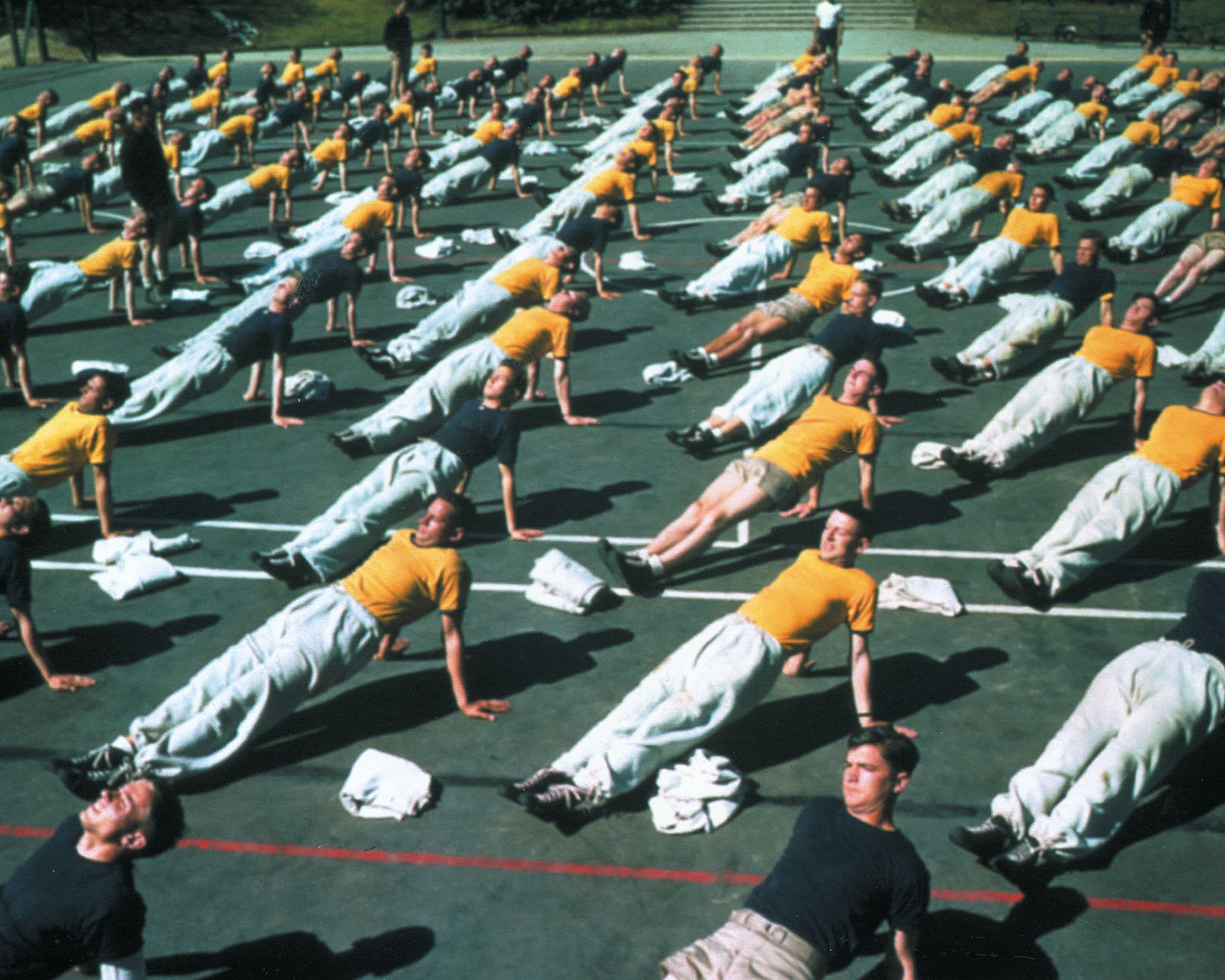
Repeated Underestimating of the Enemy’s Strength
Faulty estimates of enemy strength originated during fighting in China. There were, in 1937, a total of 10 fairly well-trained Chinese divisions. The remaining 200 or so divisions and division equivalents could claim only unsatisfactory to non-existent training. Equipment was obsolete and poorly maintained, while ammunition was dear and hard to replace. The Japanese learned their warrior trade and exercised their logistics by fighting the Chinese, an army described by an American as a “… medieval mob.”
The Japanese Army became spoiled by easy access to military intelligence about the Chinese. The Army ignored its own counter-intelligence practices, from its peacetime organization through training and into combat. There seemed no need for an elaborate operational intelligence system because the Japanese easily obtained intelligence from the Chinese themselves. In China, Japanese officers developed disdain for their foes. It was often worse than disdain; it became a virulent, decades-long, government-driven indoctrination of contempt. The Chinese were little better than animals and insects. China could easily be subdued. In fact, as War Minister Hajime Sugiyama had assured the Emperor in 1937, Japan could crush China in a month.
The army underestimated Soviet prowess, firepower, and logistical sustainability before Nomonhan in 1939. Japanese logisticians had assumed that the Soviets could not launch a major offensive any farther than 200-250 kilometers from a major supply base. The Japanese were having great difficulties themselves in supplying their own forces at 220 kilometers from a major base. Therefore, they believed Soviets must be similarly hobbled. However, the Soviets launched their victorious campaign 600 kilometers from the nearest major supply base.
Underestimating the enemy continued in the Philippines where Japanese army officers estimated the strength of General Douglas MacArthur’s 1942 Bataan army at 25,000 men when there were actually 80,000 on the peninsula. They estimated British forces in Singapore at 30,000 when there were 85,000. They estimated the Midway garrison at 750 men and 60 aircraft when there were 3,027 men and 121 combat aircraft. They underestimated the effectiveness of the U.S. Navy itself. They underestimated the toughness of Australian and U.S. infantry in New Guinea. They underestimated the deadly effect terrain and weather would have on their own soldiers.
The Japanese completely missed the timing of the Guadalcanal landing. They considered it inconceivable that the landing was anything more than a reconnaissance. They estimated Marine strength on Guadalcanal at 2,000 when there were over 10,000 early in the campaign and later at 10,000 when there were 23,000 Americans on the island. The Japanese estimated that there were two or three infantry companies at Milne Bay on New Guinea, so they landed 1,500 men against 9,458 Australians and Americans. Japanese planners on Bougainville underestimated by half the American forces holding the Empress Augusta Bay perimeter. These miscalculations did not improve with time. They missed the timing and underestimated the strength of the August 1945 Soviet invasion of Manchuria.
Japan Counted Planes and Ships Correctly, but Overlooked the Intangibles
Because Japan had not delved deeply into the alchemy of strategic air power, no one could predict how Allied strategic air capabilities might affect Japanese plans. As a result, they underestimated its considerable impact, both on field forces and on logistics. A known known was the extent America’s 1941 aviation strength. The Japanese knew what it was. In 1941, a known unknown for the Japanese was certainly a realistic estimate of America’s projected aircraft production for 1942. The Japanese knew what they did not know. This is a warrior’s view of his enemy. It is an immediate question that can be solved.
And they solved it. Their estimates of U.S. naval air strength in 1941 and increases into July 1942 were excellent. Their estimates of U.S. aircraft production through the end of 1943 were almost exactly in line with actual production. Japanese estimates of U.S. warship production through December 1945 were close enough for any staff to plan a war. They did stumble badly on merchant tonnage, estimating U.S. construction capacity in 1943 at five million tons versus the actual 19.2 million tons.
Unfortunately for the Japanese, no one could address the unknown unknowns which followed these known knowns. For example, what industrial and organizational assets could America produce in what time frame for rapid airfield construction and for maintenance and supply of aircraft that were resupplied by sea? Then, based on that, how would U.S. strategy and tactics be affected? The Japanese failed to ask these questions because they were bereft of similar abilities and could not conceive of them.
The Japanese could grasp American quantity, but they failed to conceive of American quality mated to incredible quantity, fighting spirit, sound strategic minds, managerial adeptness, and timely, globe-circling logistics.
The Japanese failed to predict U.S. military manpower levels. While they counted ships and airplanes very well, their estimates as to how quickly the U.S. Navy could expand its officer and enlisted ranks fell seriously short. Japan estimated that by December 1943 the U.S. Navy would have 13,070 officers and 296,000 enlisted men. Actual strength was 219,279 officers, 120,472 officer candidates, and 2,034,343 enlisted men. Based on their undercount, by more than seven to one, it is understandable that the Japanese failed to forecast the huge U.S. naval logistics effort manned by some of those 2.4 million men.
Japan’s Flawed Assumptions about Food and Shipping
The Japanese underestimated the effect war would have on their own homeland’s food situation. Japan domestic production of food, especially rice, was inadequate. The prewar diet was already deficient in animal proteins, fat, vitamins, and minerals. The 1941 food supply was only 6.4 percent above a subsistence minimum. Meat, poultry, and dairy products were relatively rare. The 1941 rice crop fell 12 percent below average, partly due to bad weather. War meant a reduction in acreage and yields as men left the farms, as fertilizer use declined, and as farm tools deteriorated without replacement. Japan had the highest dependency on agricultural fertilizers in the world with 105 pounds of chemical fertilizers needed per acre versus nine pounds in the United States. Food consumption increased because of a larger labor force working longer hours, and food imports were interdicted as the enemy tried to cut the home islands off from overseas sources.

In early 1942, Imperial General Headquarters assumed that the 1942 German offensive on the Eastern Front would finish off the Soviets and thereby remove the Soviet threat from Manchuria. Japan’s advance toward Australia and into the Indian Ocean was expected to cut Britain off from its colonies and possibly force Britain out of the war. Britain’s withdrawal, in turn, would leave America despairing of victory, and a negotiated peace might then be concluded.
Imperial General Headquarters assumed that 2.1 million tons of shipping were needed for army operations monthly for the first four months of war. They estimated that the loss of efficiency in the merchant marine due to the war would be only 15 to 20 percent. They estimated that the 2.1 million ton requirement would decline to 1.7 million in the fifth month, to 1.65 million in the sixth month, to 1.5 million in the seventh month, and to 1 million in the eighth month. From then on, 1 million tons of shipping would keep the army operating. The navy was expected to need 1.8 million tons monthly. Planners assumed no increases. The forecasting by Imperial General Headquarters extended eight months, through July 1942. One week later, the American landing at Guadalcanal toppled all their tonnage assumptions.
The Japanese assumed that with the U.S. committed first to the defeat of Germany and with the losses inflicted at Pearl Harbor it would take the Americans at least 12 months to launch an offensive. The Japanese also assumed that a democracy would be unable to stomach the huge losses inflicted by fanatically resisting Japanese garrisons on the defensive perimeter. Some American planners shared this concern, especially if Japan avoided a direct attack on Americans and American territory. However, the tactically effective yet strategically insane attack on Pearl Harbor ended that possibility.
The Tactical and Implementation Failures of the Perimeter Defense
The Japanese grandly assumed the completion of a string of heavily fortified island air bases and garrisons that would absorb and repulse U.S. mass. Completely apart from the tactical fallacies of a perimeter defense, in which 95 percent of the defensive effort is wasted when the attacker can choose the point of attack, no one sat down to plan the logistics or construction of those bases. No one had figured out the shipping needed to get construction material to the far-flung frontier, and no one had determined the shipping needed by those garrisons to sustain active battle.
The Americans would, after spilling their blood in futile assaults against this perimeter, compromise and allow Japan to keep most of her war gains. A few Japanese championed this approach even past Japan’s 1945 surrender. An admiral railed when he heard of the surrender, “I will never follow such shortsighted cowardice! I will not surrender! We will carry on guerrilla action throughout the nation and will not lose this war! The enemy will get tired and give up!”
Planners underestimated America’s spiritual fiber. Americans were spiritually degenerate, absorbed in the quest for pleasure. There was, of course, no science or serious research behind this belief, just a vague, self-satisfying, comfortable self assurance. The Japanese military did not think that America could instill a martial spirit in its populace. A veteran Japanese pilot recalled that his comrades were told that mind could win over might. “We fought by spirit,” Minoru Honda recalled, “while we were told that the Americans were lazy so-and-so’s. This was not true. American pilots were very brave and extremely courageous.”
The Japanese army overestimated the expected military triumphs of Germany and underestimated those of its enemies. Some Japanese doubted a strategy that was to conclude the war by negotiations rather than by some logical military culminating point. For if the enemy did not negotiate, what then? As one Japanese officer wrote after the war, “No Japanese military student possessing any basic knowledge of military logistics could fail to foresee ultimate defeat for our nation in a prolonged war.”
Maybe Japan’s problem was that no one possessed any basic knowledge of military logistics. They certainly were lacking when it came to realistic assumptions, estimates, and unknown unknowns.
John W. Whitman is the author of the book Bataan: Our Last Ditch. The Bataan Campaign, 1942. He is a retired infantry lieutenant colonel, airborne, ranger, with a Combat Infantryman’s Badge. He has had over 60 articles and encyclopedia entries published or accepted for publication.
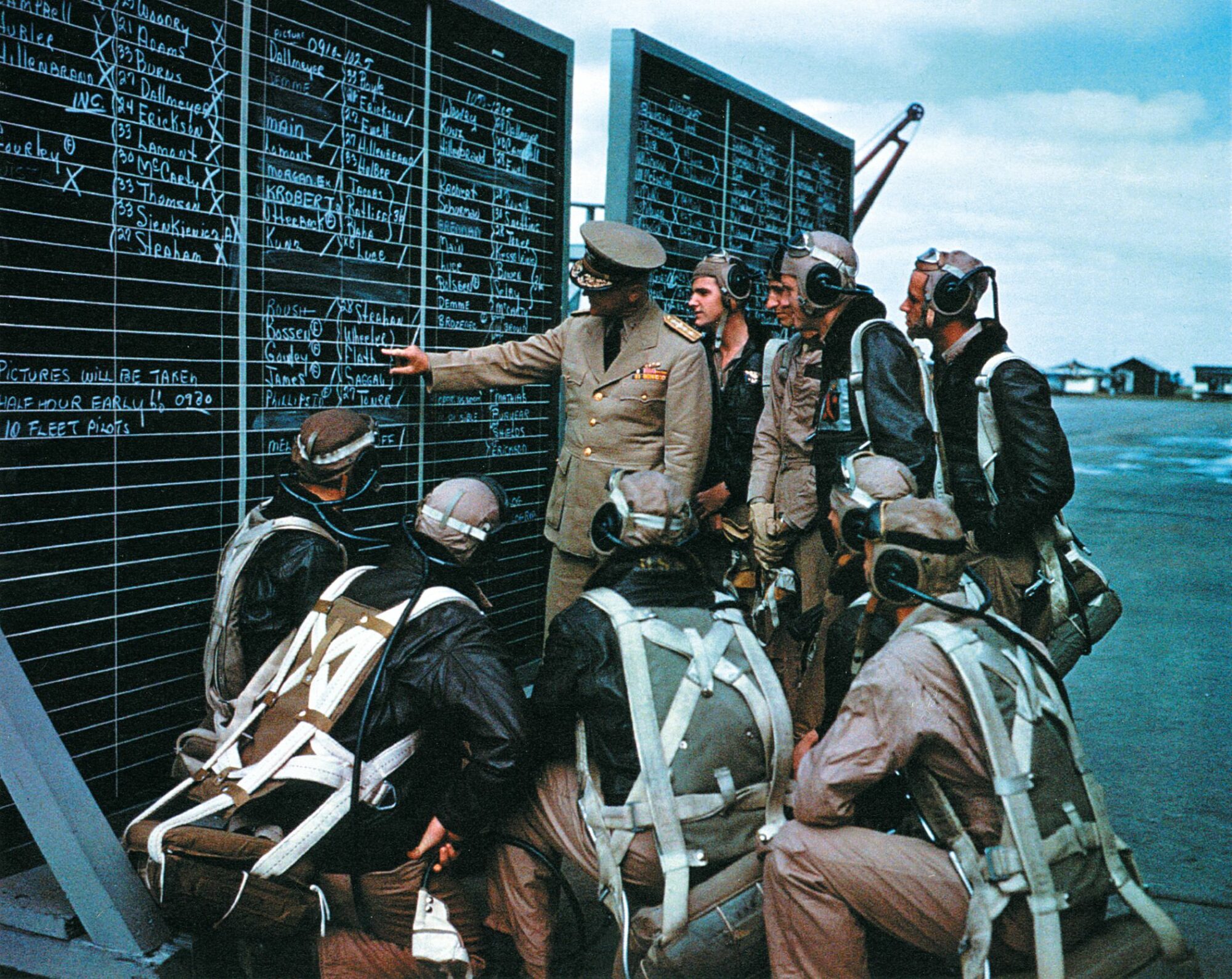
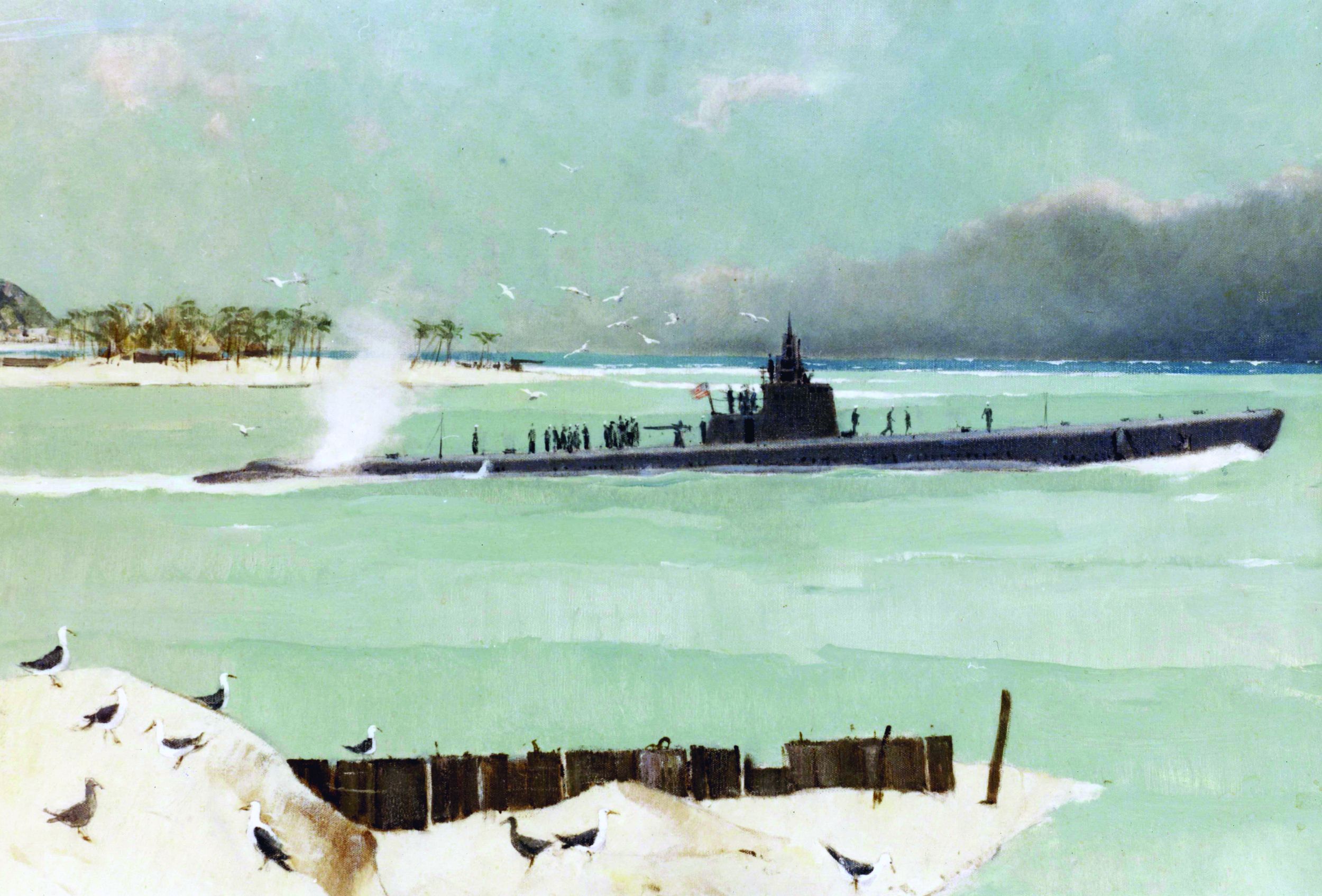
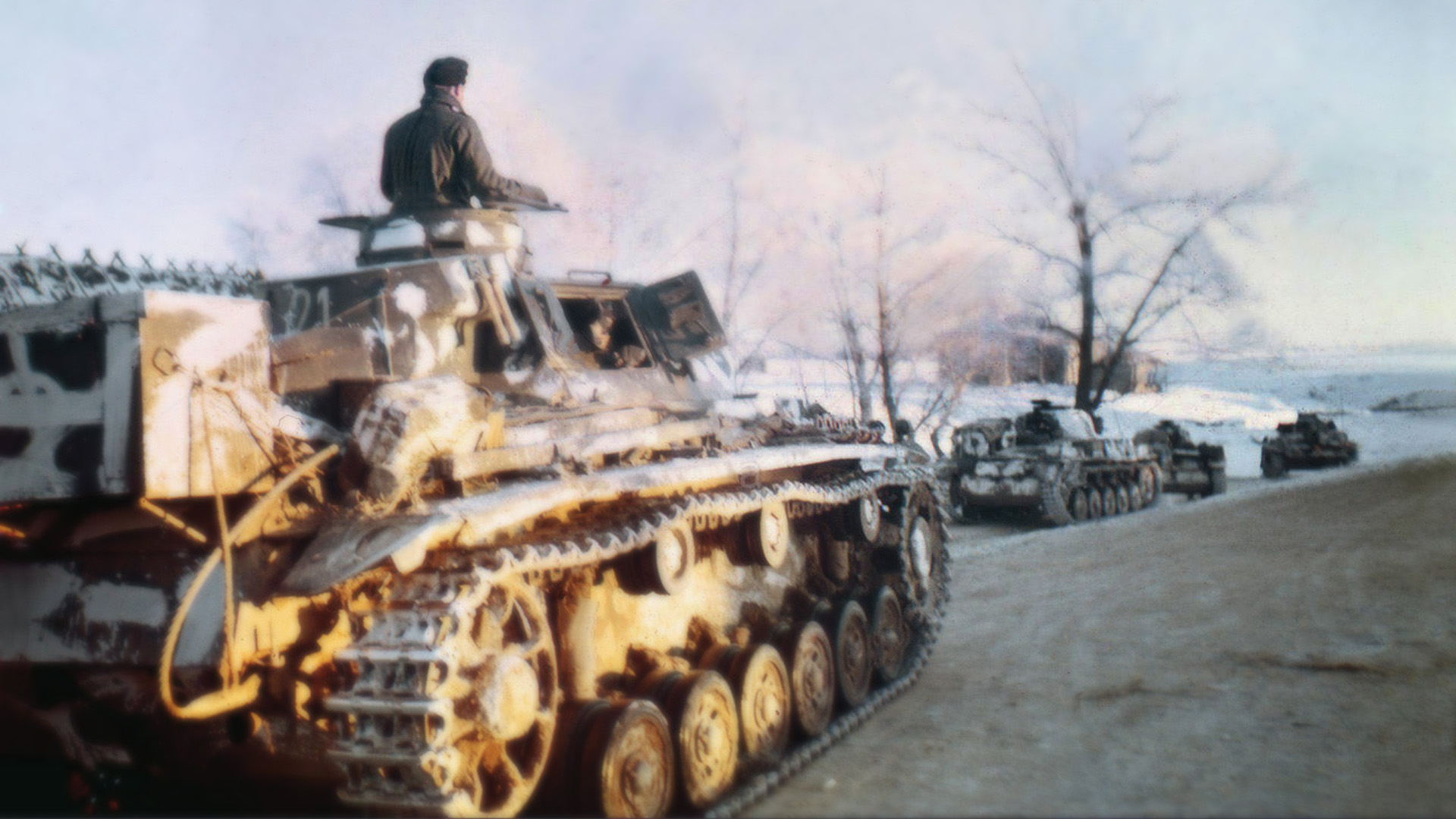
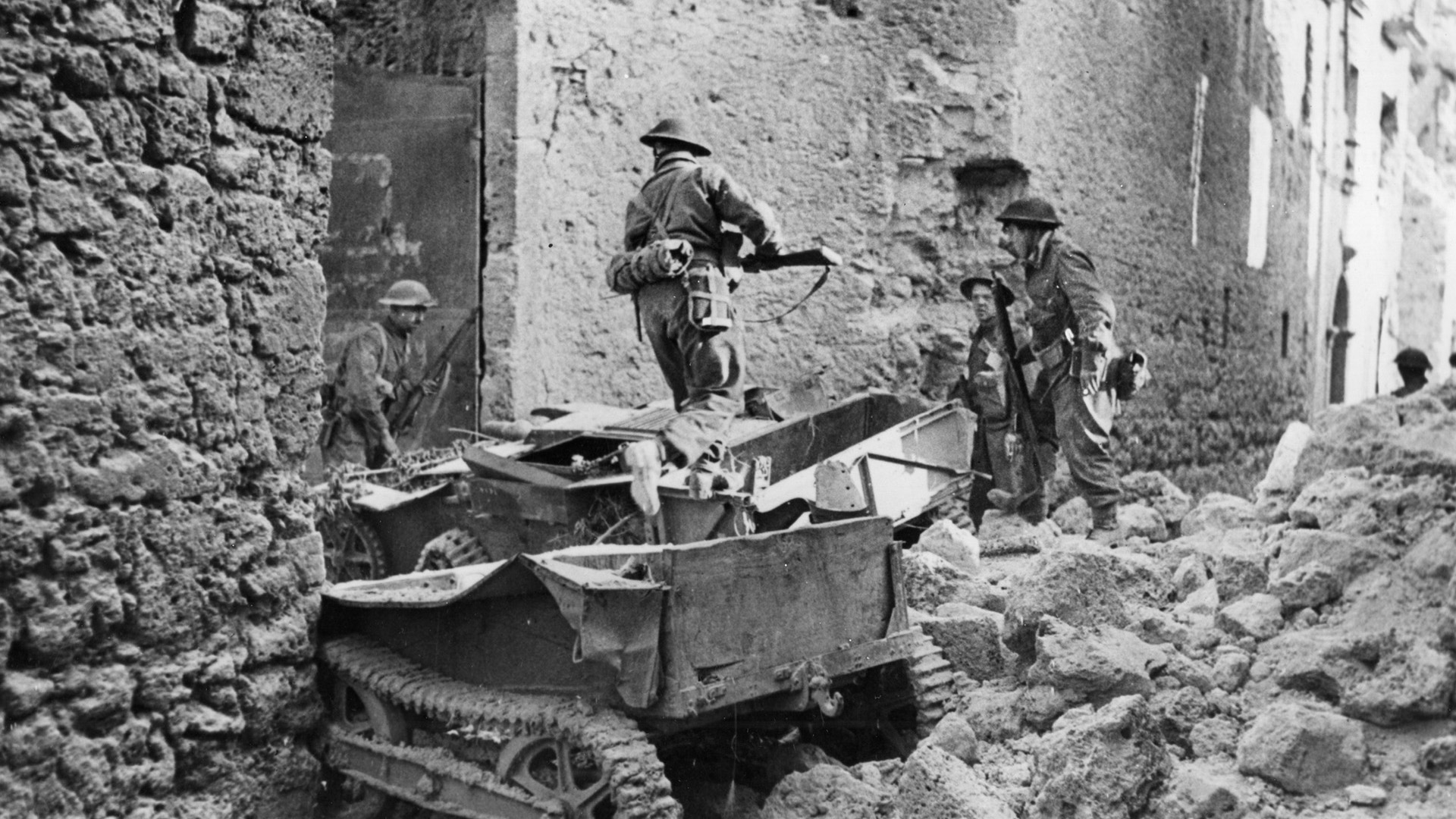
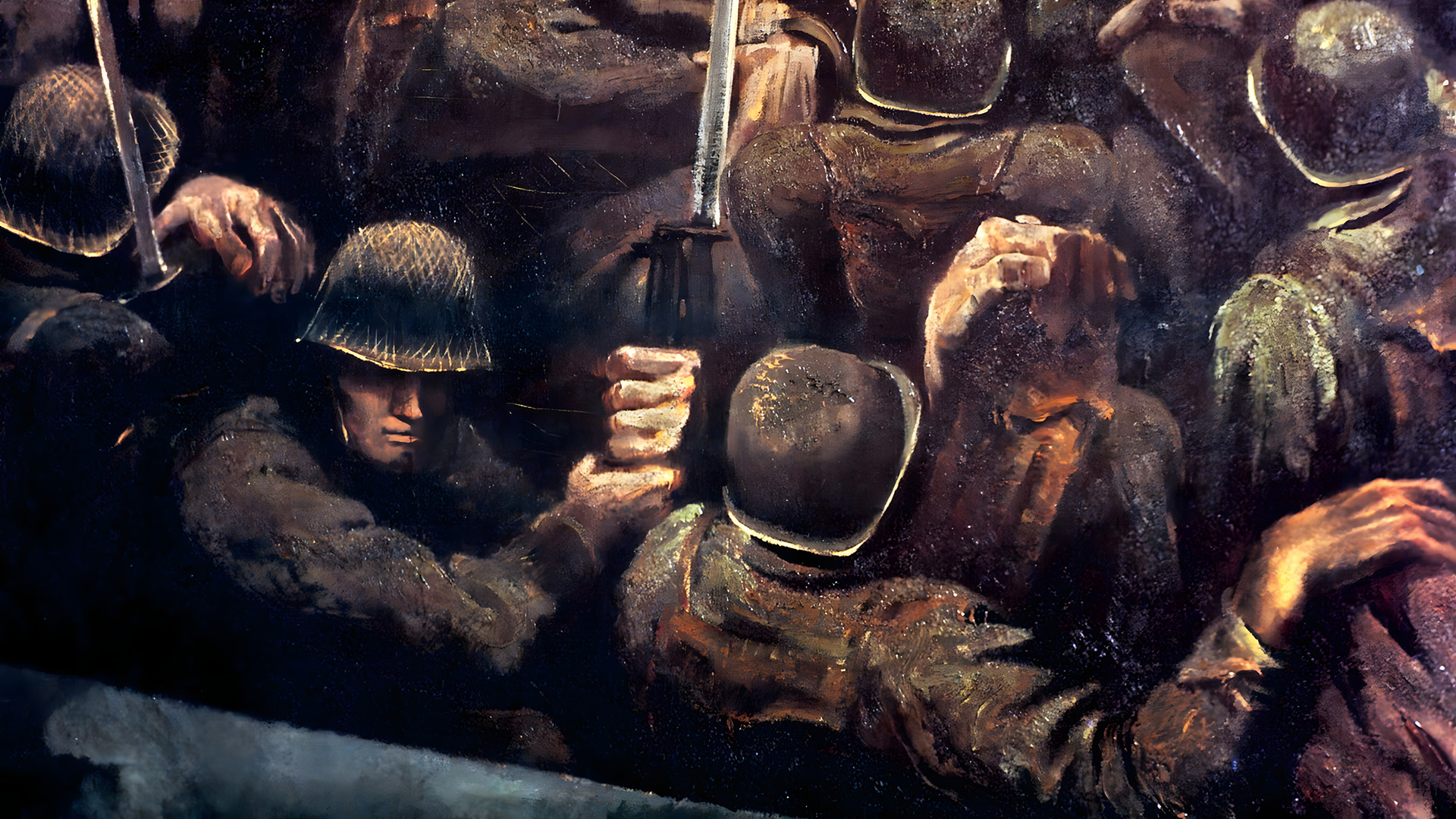
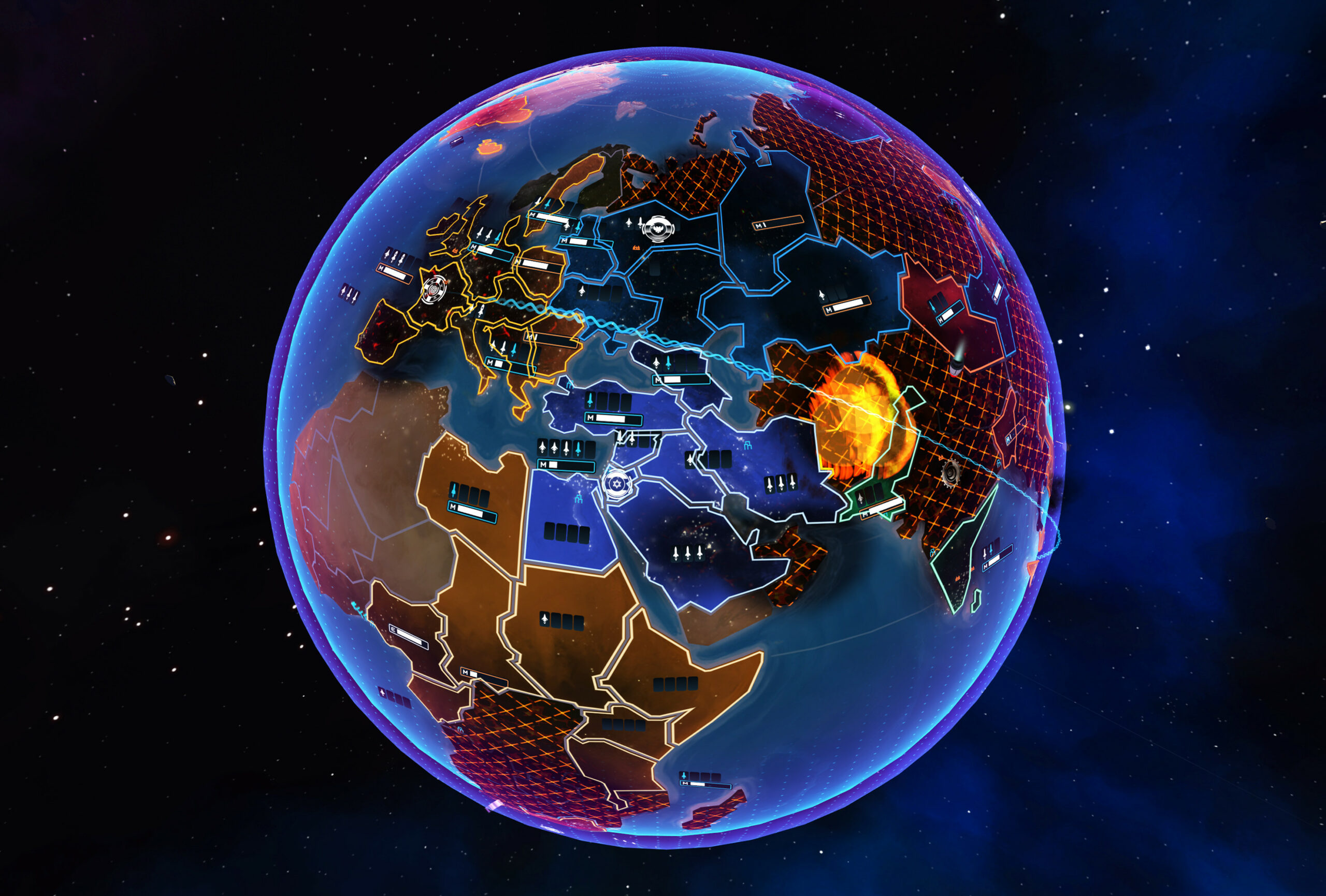
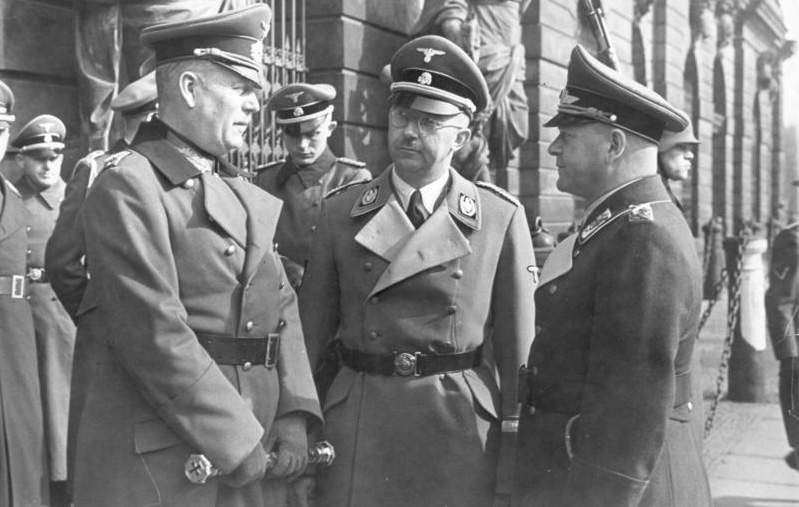
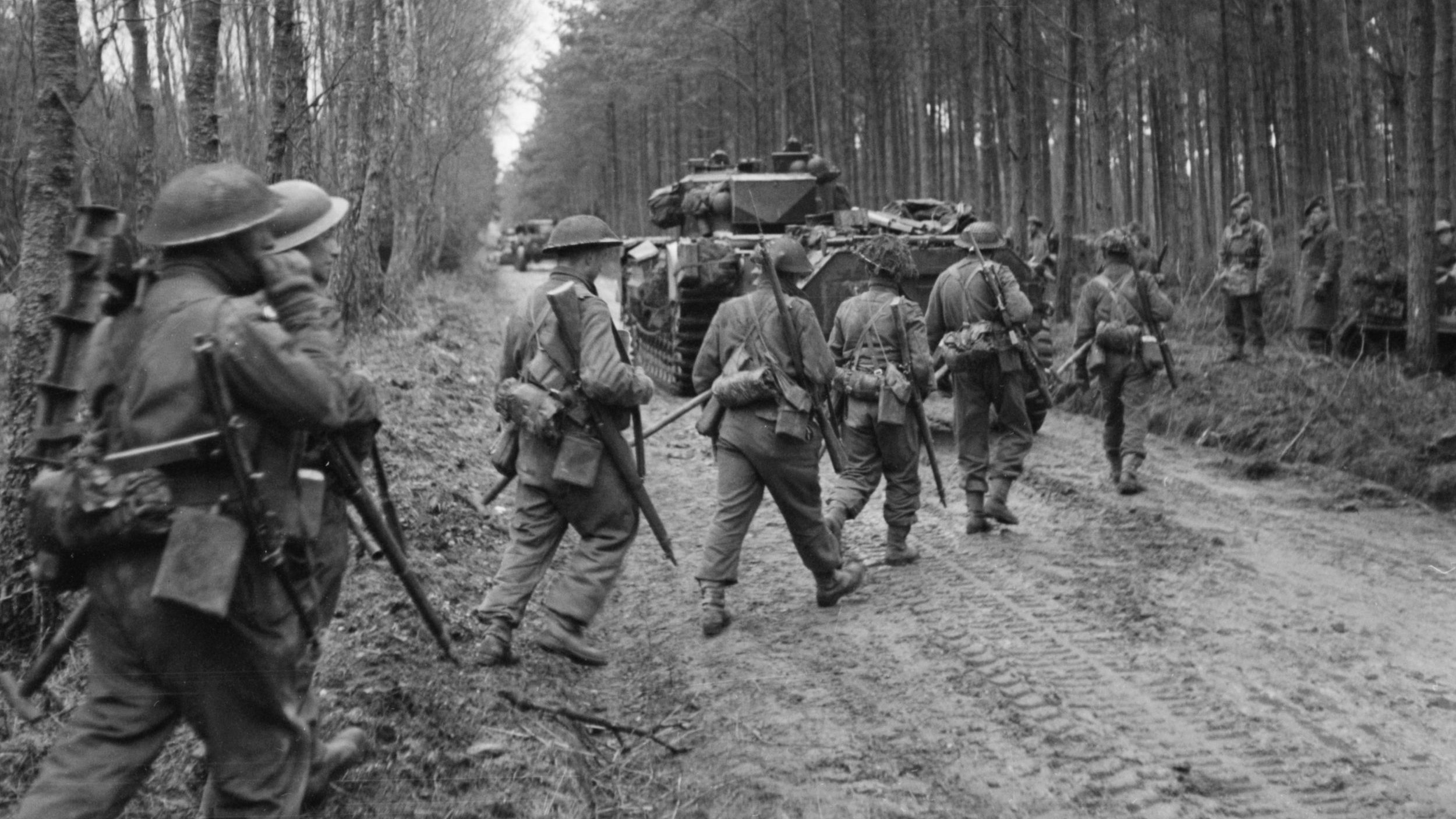
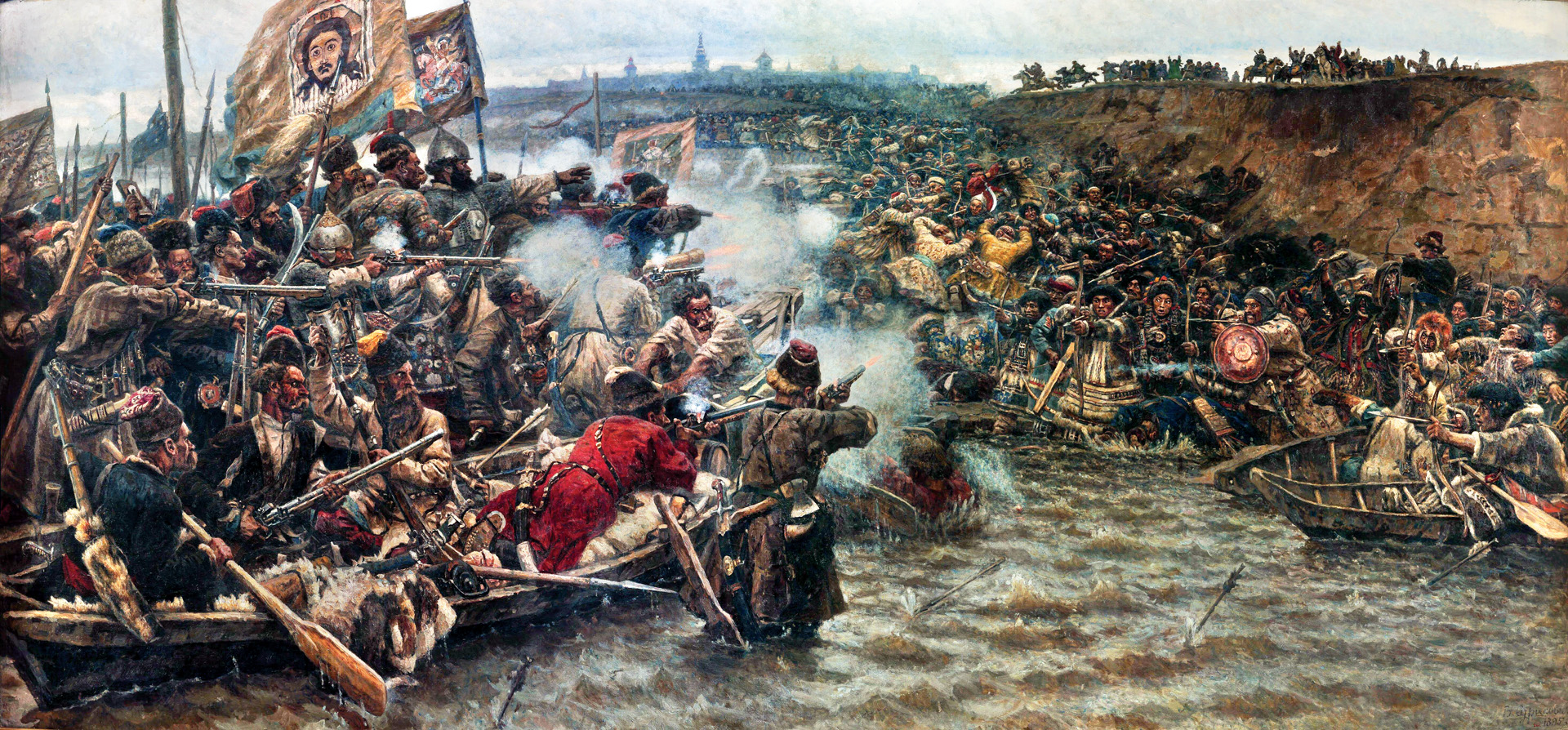
First. Thanks for your service.
Excellent article. Also important to point out that Japanese planning was for the soldiers to live off the land or seize enemy provisions. Which led to disaster beginning with in Guadalcanal..
What is the date of your article?, I would like to site it.
This article directly feeds into the philosophical question, as to how do we as a species avoid the self destructive traps that threaten our very survival? Groupthink as exhibited by the Japanese leadership enabled the ‘unknown, unknowns’ to be conveniently rationalized away, where flimsy assumptions became the reality. In a democracy unknown, unknowns cannot be so easily explained away. This is because, unlike totalitarian systems, groupthink can be challenged. Churchill was famously quoted as saying “democracy is the worst form of government – except for all other forms”. Democracy is no guarantee for good governance, but it does allow for bad governance to be challenged and removed. The degree of groupthink within a society and the capacity to explain away unknown unknowns, is probably a good measure of how totalitarian a system is. If humanity does eventually destroys itself it will be caused by irrational groupthink decision making, as demanded by an irrational totalitarian leadership.
Yamamoto’s objective of a quick and crippling strike at Pearl Harbor was probably influenced by his experience at Tsushima strait with Adm. Togo against the Russians. What he failed to take into account was the condition of the Russian Navy and its sailors as compared to American capability to recover material losses and increase the number of sailors. As stated in this article, this capability in depth would have eventually led to Japanese defeat in the war no matter how successful the attack at Pearl Harbor. Even if Nagumo had sent out the planned third strike, little would have changed except possibly the length of the Pacific war.